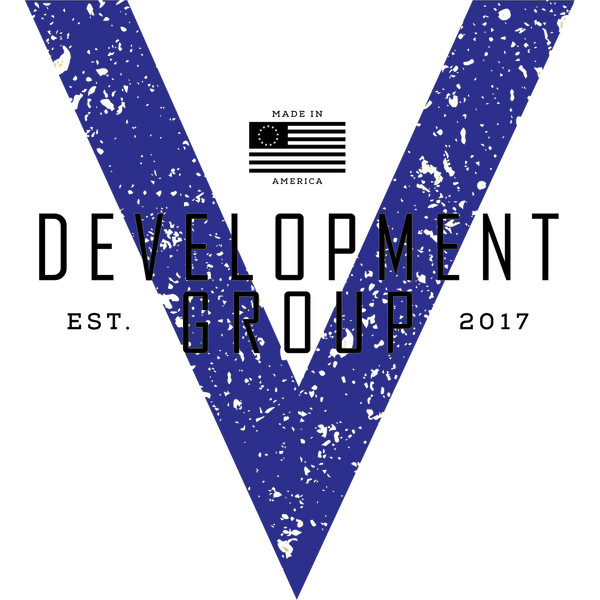
Ratcheting Medical Tourniquet - The RMT
Share
The Ratcheting Medical Tourniquet, known as the RMT, is a CoTCCC recommended under the NSN 6515-01-527-3841, since 06/05/2019.

The RMT is a superior tourniquet to the traditional versions of the tourniquets available in the industry for these reasons:
- Precise Pressure Control: RMTs allow for precise, incremental adjustment of pressure, minimizing the risk of over-tightening.
- Single-Handed Application: RMTs are designed for quick and easy one-handed application, ideal for emergencies.
- Hassle-Free Tightening Mechanism: It just works, every single time, without the end user having to do anything special.
- Rapid Response: The ease of application with RMTs ensures faster response to severe bleeding situations.
- Reduced User Fatigue: Ratcheting mechanisms reduce the physical effort required to apply and maintain pressure.
- Safety Features: Many RMTs incorporate safety mechanisms to prevent excessive pressure and potential complications.
- Smooth Tri-Glide: Strap retention tri-glide allows for quick application without hold-ups and binding issues.
- Patient Comfort: RMTs with wide straps distribute pressure evenly, reducing discomfort during extended use.
- Minimal Training: RMTs are easier to learn and use effectively, making them suitable for a broader range of responders.
- Consistent Pressure: The ratcheting mechanism ensures consistent pressure throughout the application.
- Works with Weak / Compromised Hand Strength: Anyone applying the RMT can do so without dexterity or superior strength required. Not even adult strength is required. A 5 year old child can activate the mechanism to occlusion successfully, which means an injured shooter can do so as well.
- Quick Release: RMTs often have a quick-release feature for immediate removal when needed.
- Durable Construction: RMTs are built to withstand challenging conditions and repeated use.
- User-Friendly Design: The simple design of RMTs minimizes the risk of user error.
- Less Risk of Tourniquet Syndrome: RMTs reduce the risk of complications associated with prolonged tourniquet use.
- Better for Limited Mobility: RMTs are easier to apply when space or mobility is limited.
- One-Handed Adjustment: RMTs allow for easy pressure adjustment with one hand without releasing the tourniquet entirely.
- Quick Application for Multiple Tourniquets: In mass casualty situations, RMTs are quicker to apply, potentially saving more lives.
- Wide Range of Users: RMTs can be used effectively by individuals with varying levels of training and experience.
- Greater Tightening Strength for Distance and Circumference: Designed to walk into occlusion with teach *click* of the RMT ratcheting mechanism, it will move forward no matter what.
- Fewer Moving Parts: RMTs have fewer components, reducing the risk of malfunction.
- Suitable for Pediatric Patients: RMTs are often adjustable to accommodate smaller limbs, making them versatile for all age groups.
- Reusability: Many RMTs are designed for multiple uses, providing a cost-effective solution for medical professionals. You can carry the one you train with!
Get yourself an RMT today, and upgrade your EDC with a tool designed for the Educated End User.
